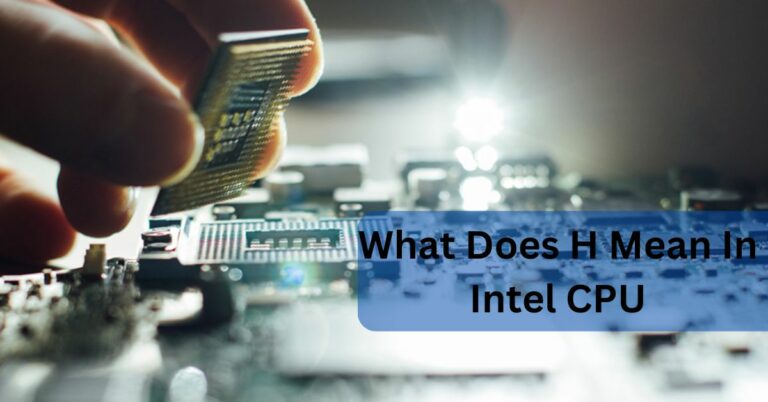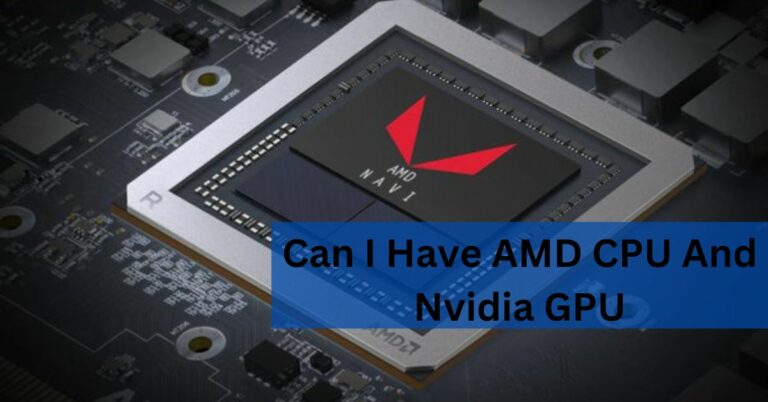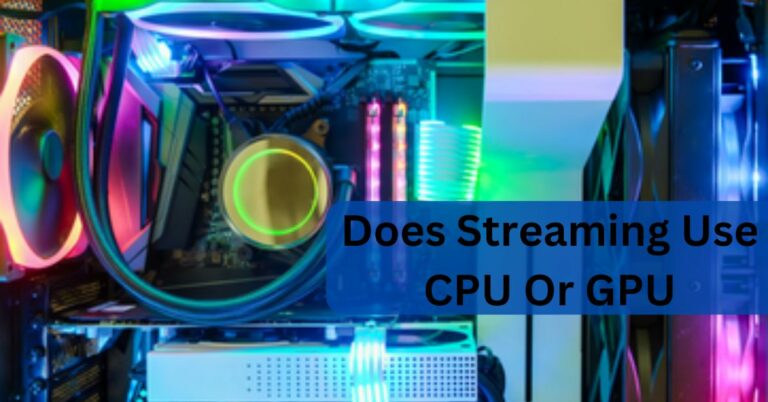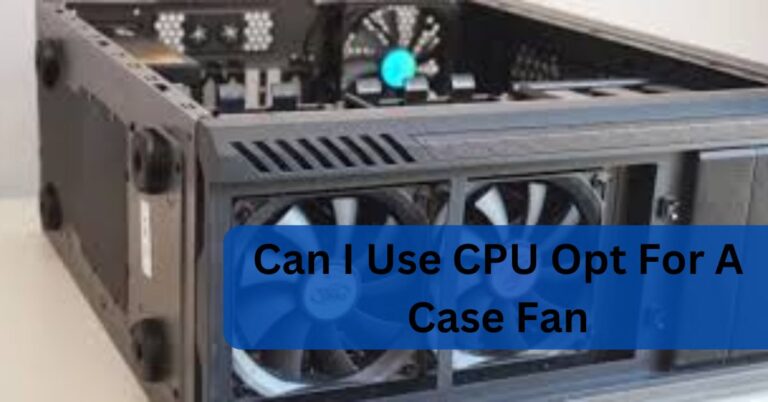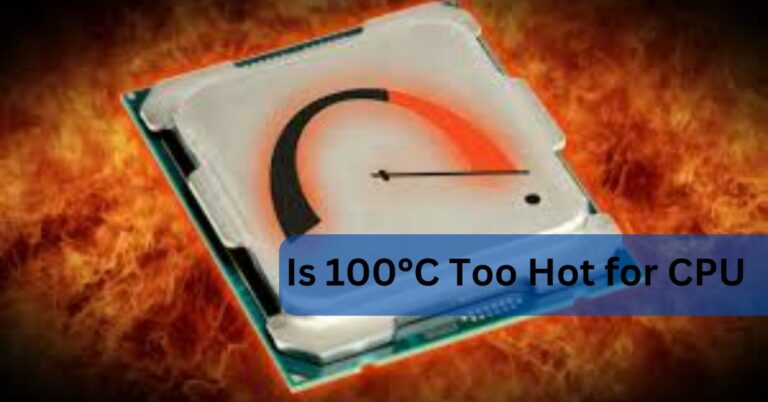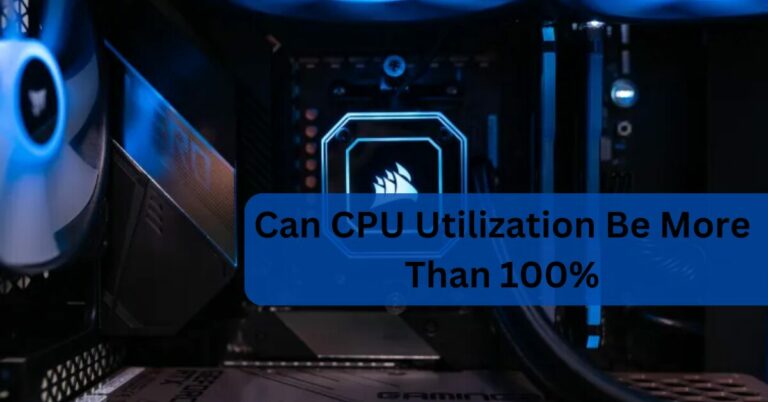Gnome Shell High CPU – All Guide in 2024 on techystime!
Gnome Shell is a widely used desktop environment for Linux, known for its sleek design and user-friendly interface. However, users sometimes encounter high CPU usage with Gnome Shell, leading to system slowdowns, unresponsiveness, and frustration.
Gnome Shell High CPU can be caused by heavy extensions, resource-intensive wallpapers, or software conflicts. To fix it, try disabling extensions, changing your wallpaper, updating drivers, or using a lighter desktop environment.
Understanding the causes of this issue and how to resolve it is crucial for maintaining a smooth and efficient system.
Understanding Gnome Shell High CPU Usage!
Gnome Shell’s high CPU usage often comes from too many extensions, memory leaks, or graphic issues. These problems can slow down your computer, but updating extensions, tweaking settings, or upgrading your system can help.
Common Causes of Gnome Shell High CPU!
Extensions:
Gnome Shell allows you to add extra features and customize your desktop with extensions. However, having too many or outdated extensions can cause your computer to use more CPU, leading to slow performance.
Memory Leaks:
A memory leak happens when a program uses memory but doesn’t release it when it’s done. Over time, this can make your system use more CPU, slowing everything down.
Graphic Problems:
Gnome Shell relies on your computer’s graphics to display everything smoothly. If there are issues with your graphics drivers or settings, it can cause high CPU usage and make your system lag.
Identifying the Culprit Behind High CPU Usage!

- Check Extensions: Disable unnecessary or outdated extensions to see if CPU usage drops.
- Monitor System: Use system monitoring tools like htop or top to identify resource-hungry processes.
- Look for Memory Leaks: Restart Gnome Shell or your computer to clear memory leaks.
- Update Graphics Drivers: Ensure your graphics drivers are up-to-date to prevent GPU-related CPU spikes.
- Simplify Desktop Environment: Reduce visual effects or switch to a lighter theme to decrease CPU load.
Steps to Diagnose Gnome Shell High CPU Issues!
Disable Extensions:
Turn off or remove Gnome Shell extensions one by one to see if they are causing the high CPU usage. Sometimes, an extension may be poorly optimized or outdated, leading to performance issues.
Check for Memory Leaks:
Restart Gnome Shell or your computer to see if CPU usage improves. Memory leaks can cause your system to use more resources over time, slowing everything down.
Update Graphics Drivers:
Make sure your graphics drivers are current. Outdated or incompatible drivers can cause graphic issues that increase CPU usage, leading to system lag.
Use Monitoring Tools:
Tools like htop or top can help you see which processes are using the most CPU. By identifying the resource-heavy processes, you can take steps to reduce their impact on your system.
Troubleshooting Techniques for Gnome Shell High CPU!
To fix high CPU usage in Gnome Shell, disable unnecessary extensions, restart your system to clear memory leaks, and update your graphics drivers. You can also use system monitoring tools to find and manage resource-heavy processes.
Extensions Causing Gnome Shell High CPU!
Some Gnome Shell extensions can cause high CPU usage, especially if they are outdated or not well-optimized. Disabling or removing unnecessary extensions can help reduce the CPU load and improve system performance.
Disabling Extensions to Resolve High CPU!
To reduce high CPU usage, disable or remove Gnome Shell extensions one by one. This helps identify if any extension is causing the problem and can lower CPU load, improving your system’s performance.
Troubleshooting Specific Extensions for High CPU!
To troubleshoot high CPU usage, disable extensions one by one to find the culprit. Once identified, you can either update, replace, or remove the problematic extension to help reduce CPU load and improve performance.
Wallpaper and Themes Contributing to High CPU!
Complex wallpapers or themes can increase CPU usage. To fix this, try using simpler wallpapers and themes. Reducing visual effects can help lower CPU load and make your system run smoother.
Changing Wallpaper and Themes to Reduce CPU Load!

Switch to simpler wallpapers and themes to reduce CPU load. Avoid complex or animated backgrounds, as they can increase CPU usage. Using basic visuals can help your system run more smoothly and efficiently.
Hardware Limitations Affecting Gnome Shell Performance!
- Low RAM: Insufficient memory can cause slow performance and high CPU usage as Gnome Shell needs more RAM to run smoothly.
- Old CPU: An outdated or slower processor can struggle with Gnome Shell’s demands, leading to sluggish performance.
- Limited Graphics Capability: Weak or outdated graphics hardware can cause issues with rendering and increase CPU load.
- Slow Hard Drive: A slow hard drive or HDD instead of an SSD can affect system speed and responsiveness.
Upgrading Hardware to Improve Gnome Shell Performance!
Upgrading your computer’s RAM, CPU, or graphics card can boost Gnome Shell performance. Better hardware helps handle tasks more efficiently and reduces lag, leading to a smoother and faster user experience.
Software Conflicts Causing Gnome Shell High CPU!
- Incompatible Applications: Some programs may not work well with Gnome Shell, leading to increased CPU usage and system slowdowns.
- Background Processes: Other software running in the background can compete for CPU resources, affecting Gnome Shell’s performance.
- Conflicting Extensions: Different Gnome Shell extensions might clash, causing higher CPU usage.
- Outdated Software: Using outdated versions of Gnome Shell or other software can lead to inefficiencies and high CPU consumption.
Resolving Software Conflicts to Optimize Gnome Shell!
To optimize Gnome Shell, check for and update any conflicting software, close unnecessary background processes, and disable problematic extensions. Keeping your software updated and conflict-free helps reduce CPU usage and improve system performance.
Updating Drivers and Software for Better Performance!
Updating your drivers and software can fix bugs and improve performance. New updates often include fixes for issues that can cause high CPU usage, making your system run smoother and more efficiently.
Using System Monitoring Tools to Analyze High CPU!
System monitoring tools help you see which programs use the most CPU. By checking these tools, you can identify and manage the processes causing high CPU usage, leading to better performance and faster system response.
Analyzing System Logs for Clues to High CPU!

Check system logs to find errors or warnings related to high CPU usage. These logs can give you clues about which programs or issues are causing the problem, helping you take steps to fix it.
Examining Process Priority and Resource Allocation!
Examining Process Priority:
This involves checking which tasks or programs are given higher or lower priority by the system. Higher-priority tasks get more CPU time, which can help improve performance if important programs are running slowly.
Resource Allocation:
This is the process of managing how system resources like CPU, memory, and disk space are distributed among different tasks and programs. Proper allocation ensures that critical tasks have enough resources, reducing overall CPU usage and improving system efficiency.
Adjusting System Settings to Reduce CPU Load!
- Lower Visual Effects: Reduce or disable animations and graphical effects to decrease CPU usage.
- Manage Startup Programs: Disable unnecessary programs that start with your system to free up CPU resources.
- Adjust Power Settings: Switch to a power-saving mode to reduce CPU performance when full power is not needed.
- Limit Background Tasks: Close or limit background applications that consume CPU resources.
- Optimize System Performance: Use system optimization tools to clean up and streamline your system.
Seeking Community Support for Gnome Shell High CPU Issues!
Ask for help in online forums or communities if you have high CPU issues with Gnome Shell. Other users may have faced similar problems and can offer solutions or advice to fix the issue.
Switching to a Lighter Desktop Environment!
Switching to a lighter desktop environment, like XFCE or LXDE, can reduce CPU usage. These environments use fewer resources than Gnome Shell, which helps your computer run faster and more smoothly.
Using a Minimalist Gnome Shell Setup!
Using a minimalist Gnome Shell setup, with fewer extensions and simpler themes, can reduce CPU usage. A less complex setup helps your computer run faster and use fewer resources.
Exploring Alternative Window Managers!
Trying alternative window managers, like i3 or Openbox, can reduce CPU usage compared to Gnome Shell. These lightweight options are simpler and use fewer resources, helping your system run faster and more efficiently.
Temporarily Disabling Features to Improve Performance!

- Turn Off Animations: Disable desktop animations and effects to reduce CPU load.
- Disable Visual Effects: Temporarily switch to a basic visual theme to lower resource usage.
- Close Unused Applications: Exit applications that are not in use to free up CPU and memory.
- Turn Off Notifications: Disable notifications that may cause CPU spikes when they appear.
- Reduce Background Services: Temporarily stop or limit background services and processes to improve system performance.
FAQs:
What causes Gnome Shell to use a high CPU?
High CPU usage in Gnome Shell can be caused by too many or outdated extensions, memory leaks, or graphic issues. Updating extensions and drivers may help.
How can I identify what’s causing high CPU usage in Gnome Shell?
Use system monitoring tools to check for resource-heavy processes and disable extensions one by one to find the culprit. Also, check for memory leaks and update graphics drivers.
What steps should I take to diagnose Gnome Shell high CPU issues?
Disable extensions, restart Gnome Shell to clear memory leaks, update your graphics drivers, and use monitoring tools to identify resource-heavy processes.
How can I troubleshoot high CPU usage caused by Gnome Shell extensions?
Disable or remove extensions one at a time to see if CPU usage decreases. Updating or replacing problematic extensions can also help reduce CPU load.
Can wallpaper and themes affect Gnome Shell’s CPU usage?
Yes, complex wallpapers and themes can increase CPU usage. Switching to simpler visuals can help reduce the load and improve performance.
How do hardware limitations impact Gnome Shell performance?
Low RAM, an old CPU, limited graphics capability, and a slow hard drive can all affect Gnome Shell performance, causing higher CPU usage and sluggishness.
Conclusion:
High CPU usage in Gnome Shell can cause your system to slow down. Common causes include too many extensions, memory leaks, and graphic issues. To resolve this, try disabling unnecessary extensions, updating drivers, and using simpler themes. If problems persist, consider switching to a lighter desktop environment or exploring other window managers. Regular updates and community support can also help maintain smooth performance


